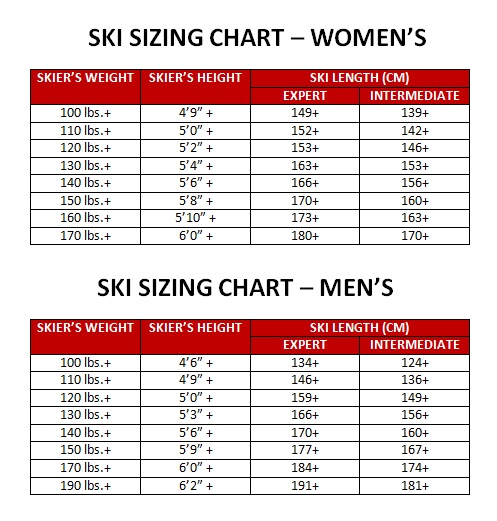Finding Your Glide: Choosing the Ideal Beginner Slalom Water Ski
Stepping onto a slalom water ski for the first time can feel both exhilarating and a little daunting. The spray of the water, the pull of the boat, and the prospect of gliding across the surface – it's a unique experience. But where do you begin? Choosing the right slalom ski for your first steps is crucial for a positive and enjoyable introduction to this exciting sport. This guide explores the essential factors to consider when selecting a beginner-friendly slalom ski.
Slalom skiing involves riding a single ski, designed with a curved bottom and a fin, allowing for controlled turns and carving across the water. Unlike combination skis, used for learning the basics of water skiing, slalom skis demand more balance and skill, making the selection process particularly important for beginners. Selecting an appropriate ski size and type can significantly impact your early learning curve.
The evolution of slalom water skis has been driven by advancements in materials and design. Early slalom skis were primarily crafted from wood, making them heavier and less maneuverable than modern counterparts. Today, beginner skis often feature wider profiles and composite constructions, providing stability and ease of use. This progression in design has made slalom skiing more accessible to newcomers.
One of the main issues for beginners is understanding the relationship between ski size and individual factors like weight and height. A ski that's too small may be unstable, while a ski that's too large can be difficult to control. Choosing the right size is a delicate balance, and expert advice is often invaluable for new skiers.
Another challenge is adapting to the specific balance and coordination required for slalom skiing. Beginner skis are designed to mitigate this, offering features like broader tips and tails, which help with initial stability. However, mastering the proper stance and technique still requires practice and patience. Investing in lessons from a qualified instructor can dramatically accelerate the learning process.
Beginner slalom water skis are designed to offer increased stability and facilitate easier turning. They typically have a wider surface area compared to advanced skis, which helps maintain balance during initial attempts. This broader platform is crucial for building confidence and progressing smoothly through the early stages of learning.
Benefits of using a beginner-specific slalom water ski include enhanced stability, improved maneuverability, and increased confidence on the water. A stable ski reduces the likelihood of falling, allowing beginners to focus on developing their technique. Improved maneuverability makes turning and carving more intuitive, and the overall positive experience builds confidence, fostering a love for the sport.
Your journey to slalom skiing success starts with selecting the right ski. Seek advice from experienced skiers or professionals at a reputable water sports store. They can help determine the correct size and type of ski based on your individual needs. Once you have your ski, dedicate time to practice in calm water, focusing on maintaining balance and getting comfortable with the feel of the ski.
A checklist for beginners includes: appropriately sized slalom ski, properly fitted life vest, a boat with a tow rope, and ideally, guidance from an experienced skier or instructor. Ensuring you have these essential elements sets you up for a safe and enjoyable learning experience.
A step-by-step guide might involve starting with deep-water starts on combination skis to build confidence and get used to the water. Progress to shallow-water starts on a slalom ski, focusing on maintaining a balanced stance. Once comfortable, practice short runs, gradually increasing duration and speed as you improve your control and technique.
Advantages and Disadvantages of Beginner Slalom Skis
| Advantages | Disadvantages |
|---|---|
| Increased Stability | Less agile than advanced skis |
| Easier to Turn | May feel sluggish at higher speeds |
| Builds Confidence | Can limit progression as skills develop |
Best practices for beginner slalom skiers include starting slowly, focusing on balance, practicing in calm water, using a properly fitted life vest, and seeking guidance from experienced skiers or instructors. These practices enhance safety and accelerate the learning process.
Frequently asked questions include: What size ski do I need? What type of binding should I use? How do I get up on a slalom ski? What are the common mistakes to avoid? What is the best way to practice? How do I improve my balance? Where can I find lessons? What safety precautions should I take?
Tips and tricks for beginners include keeping your knees bent, looking forward, and using your core muscles for balance. Start with small, controlled movements and gradually increase the intensity as you gain confidence. Remember, patience and practice are key.
Learning to slalom ski can be a truly rewarding experience. Choosing the right beginner ski is the first step towards enjoying this exhilarating water sport. By focusing on stability, maneuverability, and confidence-building features, you set yourself up for success. Remember to prioritize safety, seek guidance from experienced skiers, and embrace the learning process. With patience and practice, you’ll soon be carving across the water with grace and control. Take the plunge and experience the thrill of slalom skiing – it’s an adventure waiting to be explored. Don't hesitate to connect with local water ski communities or online forums for further support and advice. The water awaits!
Unlocking fluency the power of buku latihan menulis abc pdf
Exploring the world of 4 panel anime a guide to yonkoma and indonesian subtitles
Sagging skin fasting might be your unlikely fix














